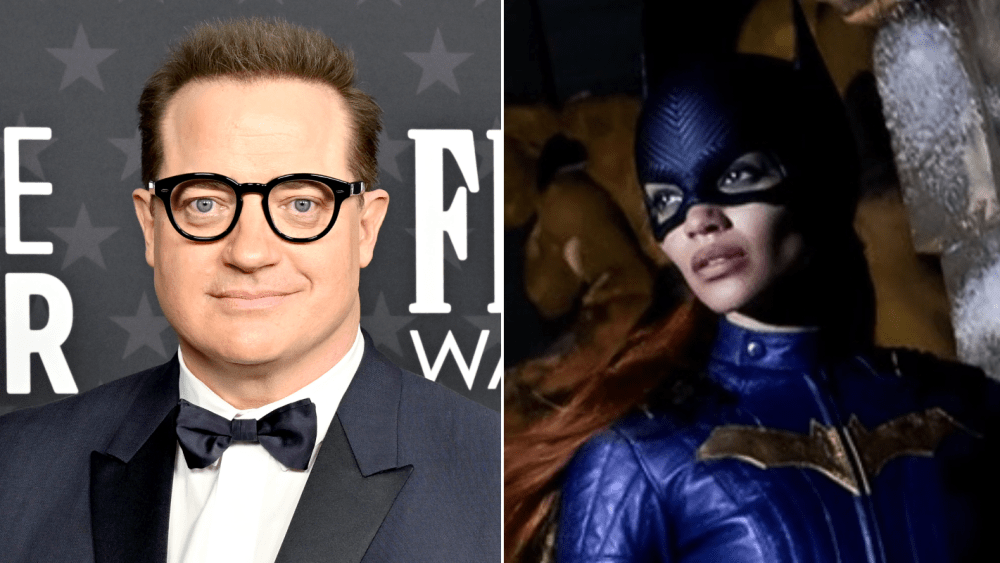Brendan Fraser has always been transparent about his disappointment in Warner Bros.’s decision to shelve “Batgirl“: the completed, but unreleased DC superhero movie that would have seen the Academy Award-winning actor play the villainous…
Category: 5. Entertainment
-

Hilary Duff’s new album gets a 2026 release date
For the first time in over a decade, Hilary Duff is reminding fans what dreams are made of.
The “Cinderella Story” star announced the release of her first album since 2015, titled “luck…or something.” Duff co-wrote the album alongside her…
Continue Reading
-
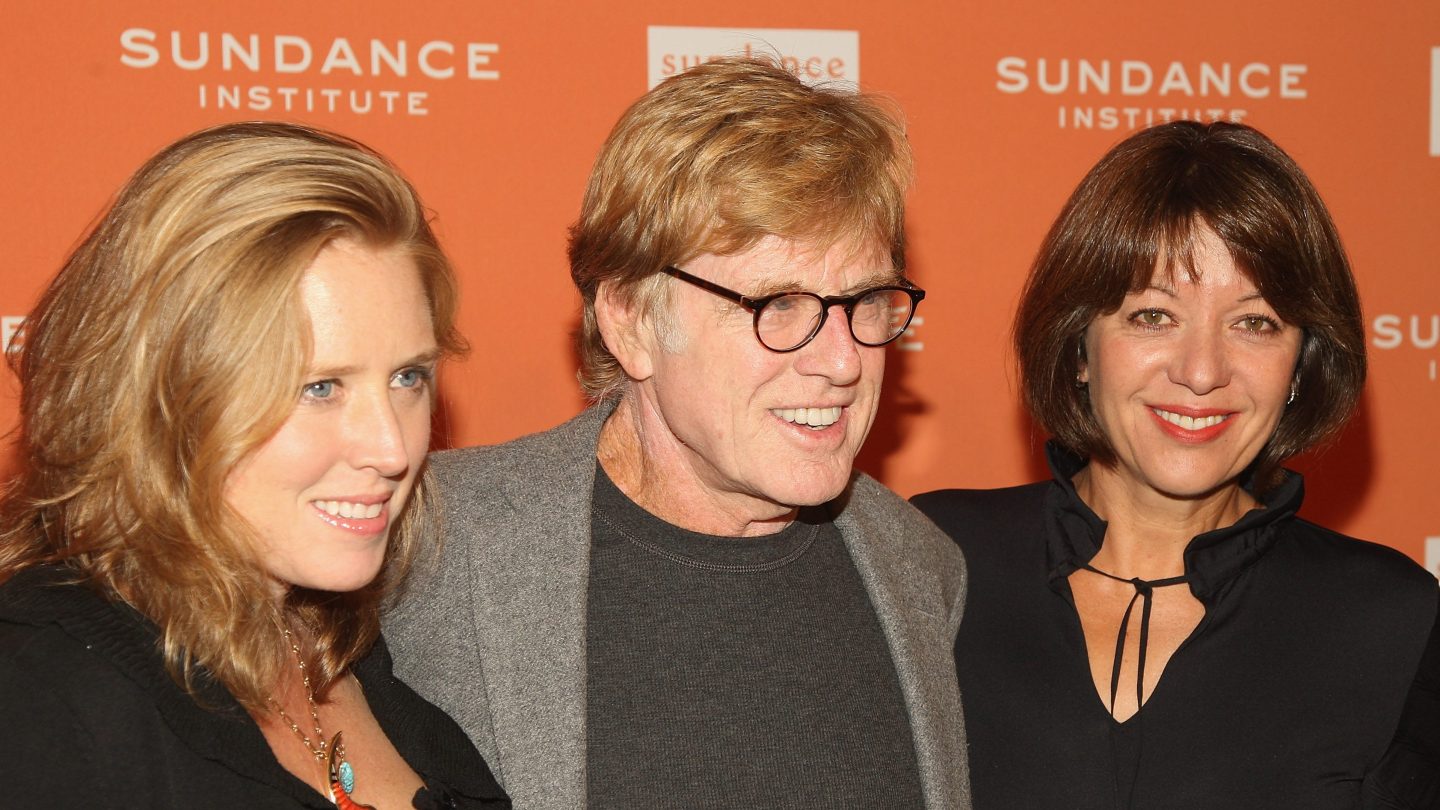
Robert Redford’s Daughter Speaks Out Against AI Tributes, Memorial
Amy Redford, daughter of Robert Redford, is speaking out about how AI content related to her father has been “extra challenging” for her family following his death.
On Instagram, she began by thanking her followers for “the…
Continue Reading
-
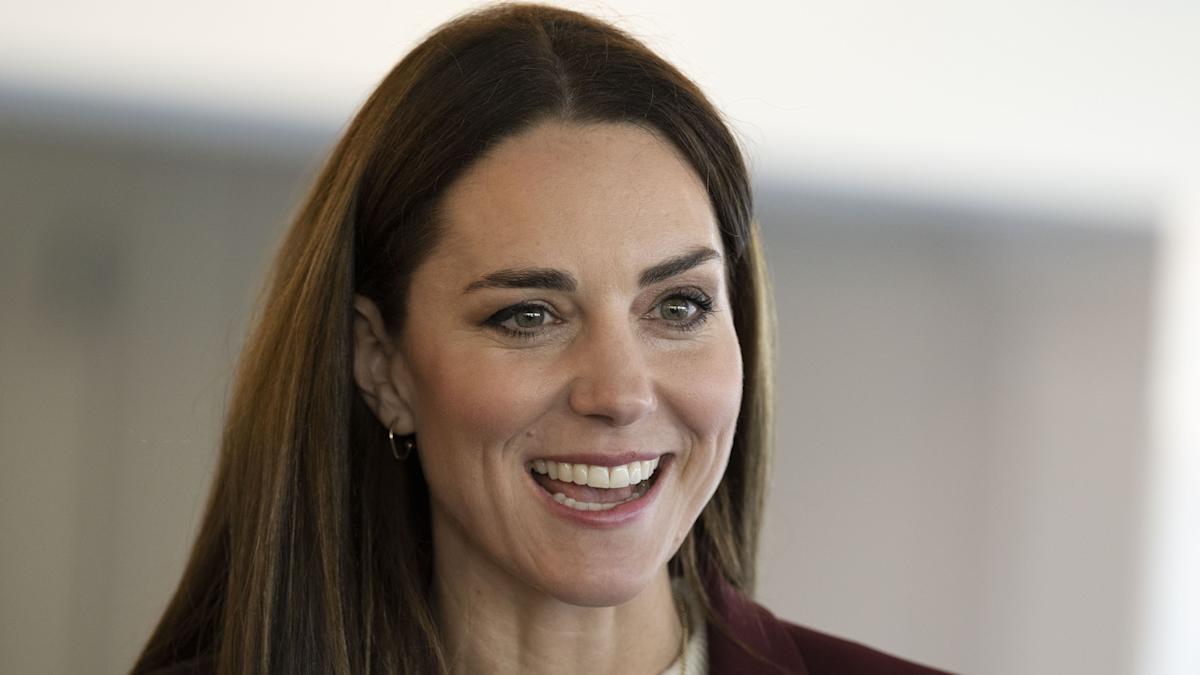
Kate’s early years centre to fund research into tackling ‘technoference’
The Princess of Wales’ early years centre is providing £100,000 of research funding to find solutions to help parents tackle distractions caused by gadgets that hamper family life.
Kate’s Royal Foundation Centre for Early Childhood…
Continue Reading
-
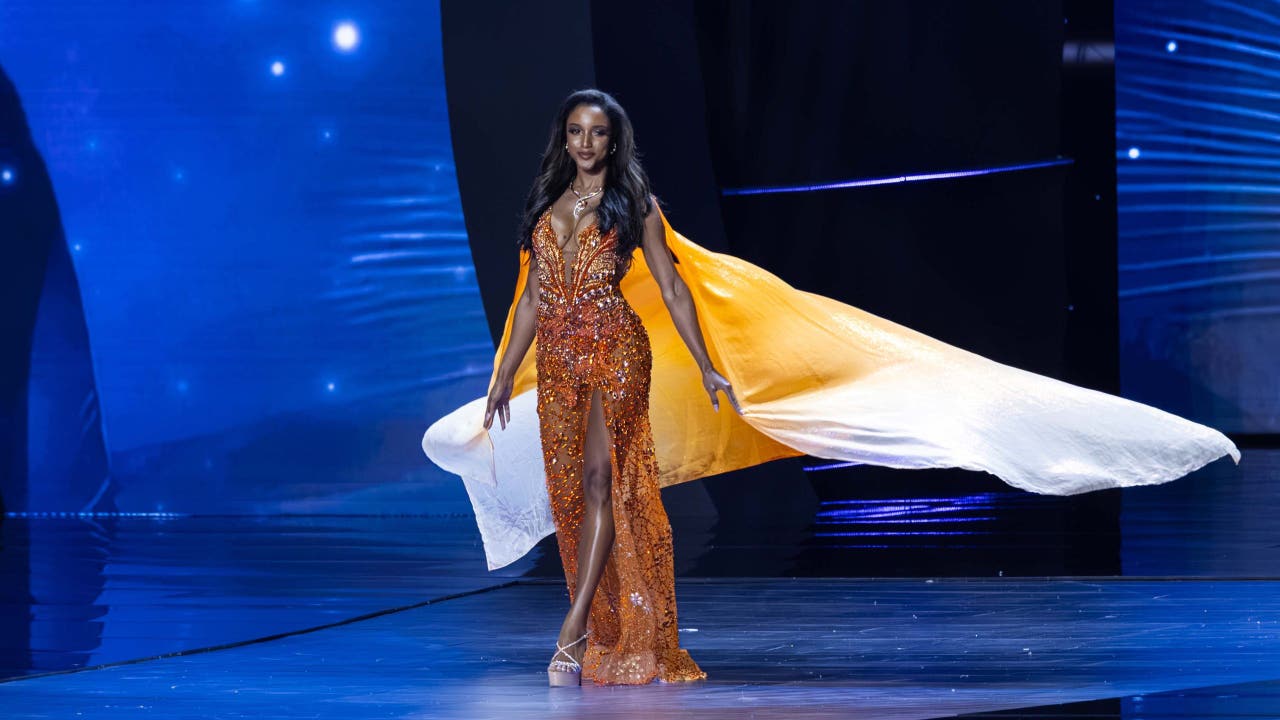
Miss Jamaica falls off stage, still hospitalized in ICU days later
Miss Universe Jamaica, Gabrielle Alexis Henry, showcases her evening gown during the 74th Miss Universe Preliminary competition on November 19, 2025 in Bangkok, Thailand. (Photo by Mohan Raj/Getty Images)
Miss Jamaica, Dr. Gabrielle…
Continue Reading
-
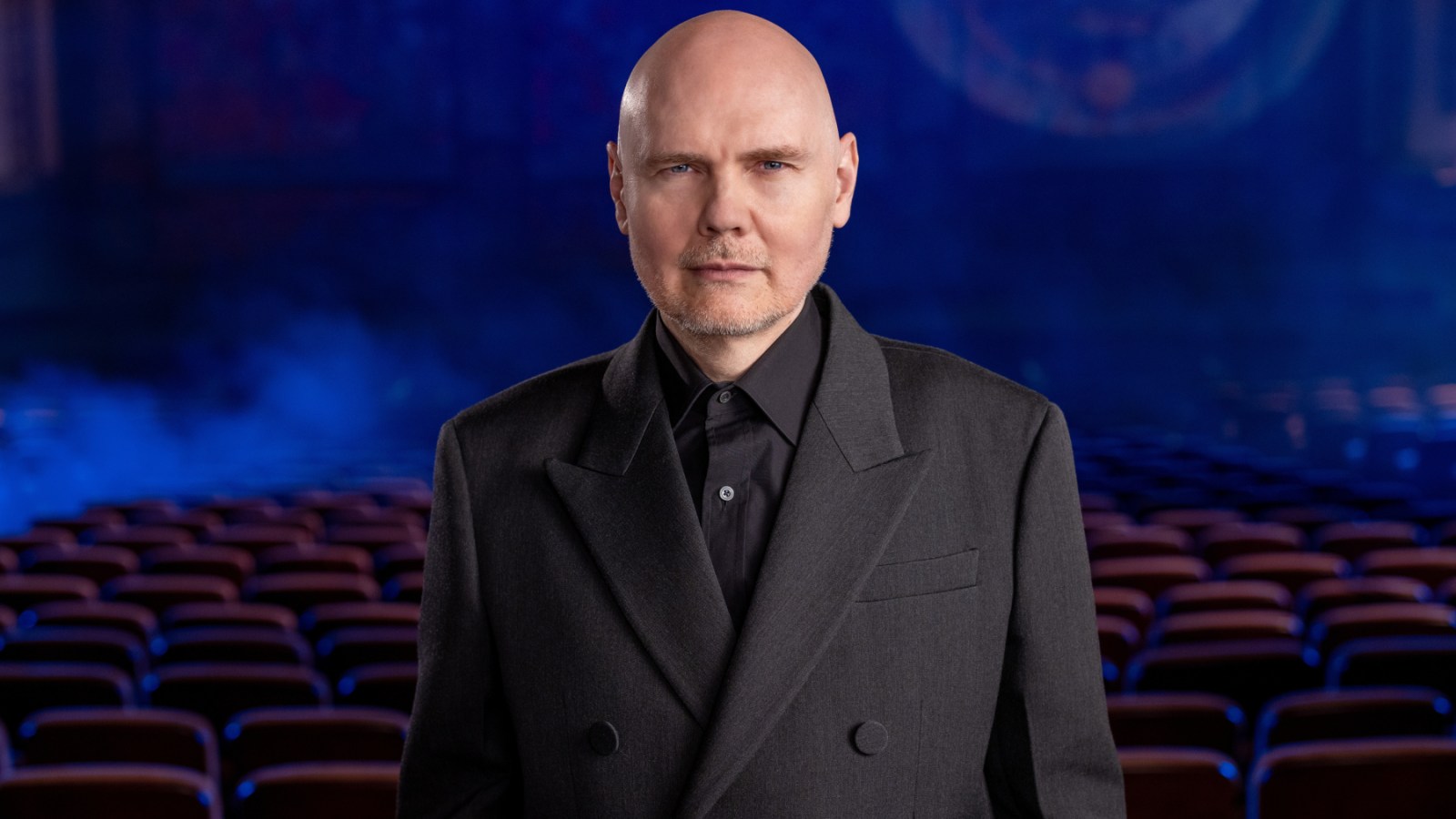
Billy Corgan, Lyric Opera of Chicago Perform ‘Tonight, Tonight’: Watch
Billy Corgan teamed up with the Lyric Opera of Chicago for A Night of Mellon Collie and Infinite Sadness, an opera concert series which premiered on Friday at the Civic Opera House in Chicago. At the debut, they performed a number of favorites…
Continue Reading
-

Meghan Markle branded ’empty person’ over her ‘Duchess Delusion’
Meghan Markle branded ’empty person’ over her ‘Duchess Delusion’ Meghan Markle is called out for being empty and shallow by a journalist.
The Duches of Sussex, who sat in with Harper’s Bazaar, and its writer…
Continue Reading
-

INHERIT – House that Carries Forward Memory / CLAIR archi lab Co., Ltd.
© Yoshiaki Ida 





© Yoshiaki Ida “INHERIT”…
Continue Reading
-
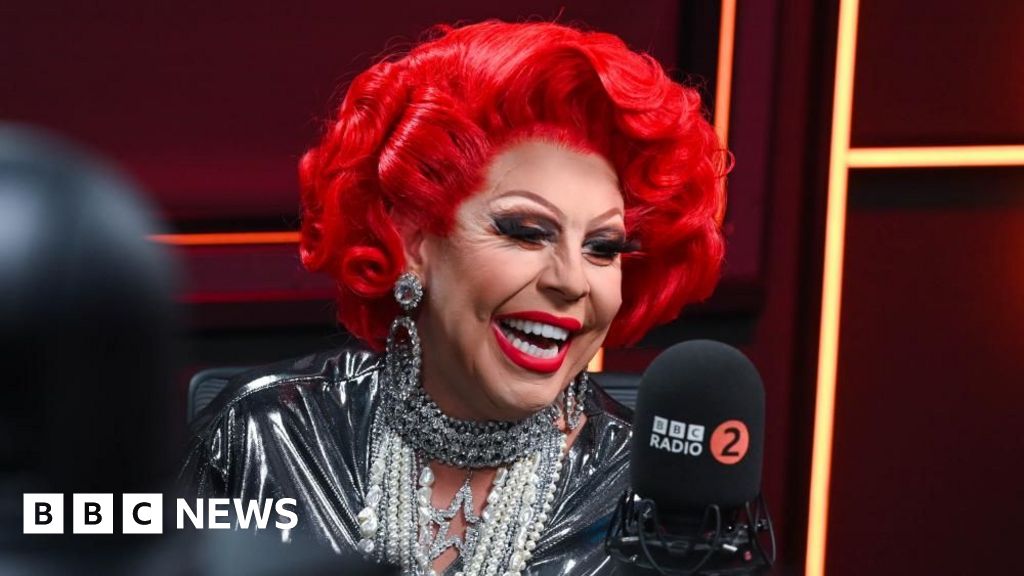
La Voix withdraws after an injury
Strictly Come Dancing contestant La Voix is to leave the current competition after sustaining an injury.
The drag queen’s departure was announced by presenter Tess Daly at the start of Saturday’s episode from Blackpool, saying she had had to…
Continue Reading
-
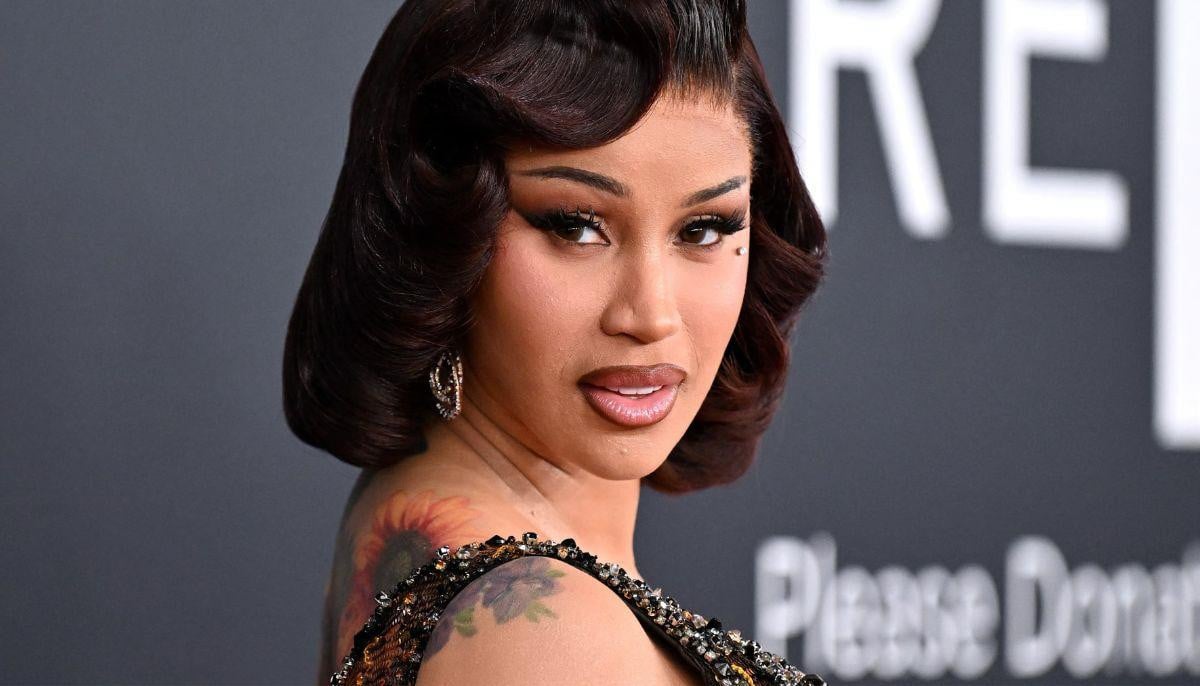
Cardi B marks new motherhood with unique keepsake
Cardi B has turned a deeply personal moment into a lasting memento following the birth of her son…
Continue Reading
